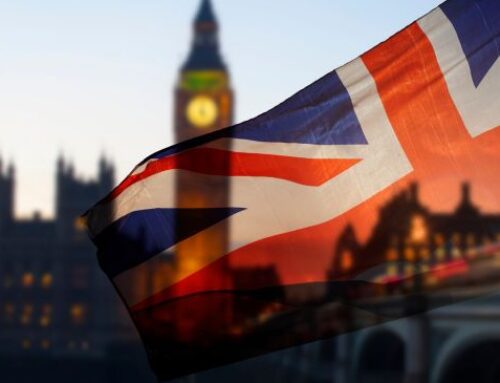 As the feast of Christmas approaches, we may recall that Luke’s account of the coming of Christ provides evidence of something which our Supreme Court does not yet realize – that the child in the womb is a human being. When Mary went to visit her cousin, the latter’s infant leaped in her womb. “For behold as soon as the voice of thy salutation sounded in my ears,” said Elizabeth, “the infant in my womb leaped for joy” (Luke1:43-44). The event was miraculous, but still it showed that the baby Elizabeth was carrying was really alive, not merely “potential life.”
As the feast of Christmas approaches, we may recall that Luke’s account of the coming of Christ provides evidence of something which our Supreme Court does not yet realize – that the child in the womb is a human being. When Mary went to visit her cousin, the latter’s infant leaped in her womb. “For behold as soon as the voice of thy salutation sounded in my ears,” said Elizabeth, “the infant in my womb leaped for joy” (Luke1:43-44). The event was miraculous, but still it showed that the baby Elizabeth was carrying was really alive, not merely “potential life.”
Both Old and New Testament testify that the life of the unborn child is precious; the relevant passages are undoubtedly familiar to many of our readers. God himself said to Jeremiah, for example, “Before I formed you in the womb I knew you, before you were born I set you apart; I appointed you as a prophet to the nations” (Jer, 1:5). David’s prayer in Psalm139 made it clear as well that God forms children in the womb:
“For you created my inmost being; you knit me together In my mother’s womb. I praise you because I am Fearfully and wonderfully made; your works are wonderful. I know that full well. My frame was not hidden from you when I was made in the secret place. When I was woven together in the depths of the earth, your eyes saw my unformed body.”
Christianity brought to the world a new morality based on a new vision of man. The modern idea of human freedom is derived from the New Testament with its extraordinary emphasis on the dignity and equality before God of every individual.
Christianity began in a world in which abortion and infanticide were the rule rather than the exception. It responded by emphasizing the worth and dignity of every individual.
The Didache a work composed around 90 A.D. to instruct faithful in the new way of life declared, “You shall not procure abortion. You shall not destroy a newborn child.”
A few years later, the Epistle of Barnabas – one of the books which, as one scripture scholar puts it, “seemed to linger on the edge of the Canon before being excluded” – made a sharp contrast between good and evil, light and dark:
“There are two Ways of Instruction, as there are two Powers, that of Light and that of Darkness. And there is a great difference between the two Ways. The one is controlled by God’s light-bearing angels, the other by the angels of Satan. And as the latter is the Ruler of the present era of lawlessness, so the former is Lord from eternity to eternity.”
Among the precepts of the Way of Light is, “Do not murder a child by abortion, or commit infanticide.” The second-century writer of this Epistle, therefore, knew that the fetus is indeed a child, and that to destroy it is murder.
We, too, know that we are involved in a confrontation between the powers of light and those of darkness. We, too, know that we live in an era of lawlessness. The theory that human life begins only at birth was part of the thinking of these early times, especially among the Stoics, but Christianity firmly rejected this barbaric notion – as it continues to reject it today.
Luke tells us that when Mary’s Son was brought forth he was laid in a manger, “because there was no room for them in the inn.” Today, popular philosophers (like Canada’s David Suzuki) tell us that it is far better for children in affluent countries not to be conceived, or not to be born, because the world does not want them: they consume 25-50 times as much of the earth’s resources as those in underdeveloped countries. There is no room for them in the inn.
Our hope at Christmastime is that every Canadian politician receives a great many depictions of the Nativity, and that every such depiction is a reminder to its recipient that all babies are precious – before as well as after they are born – because they are all made in the image and likeness of God.
This editorial originally appeared in the December 1989 Interim.




